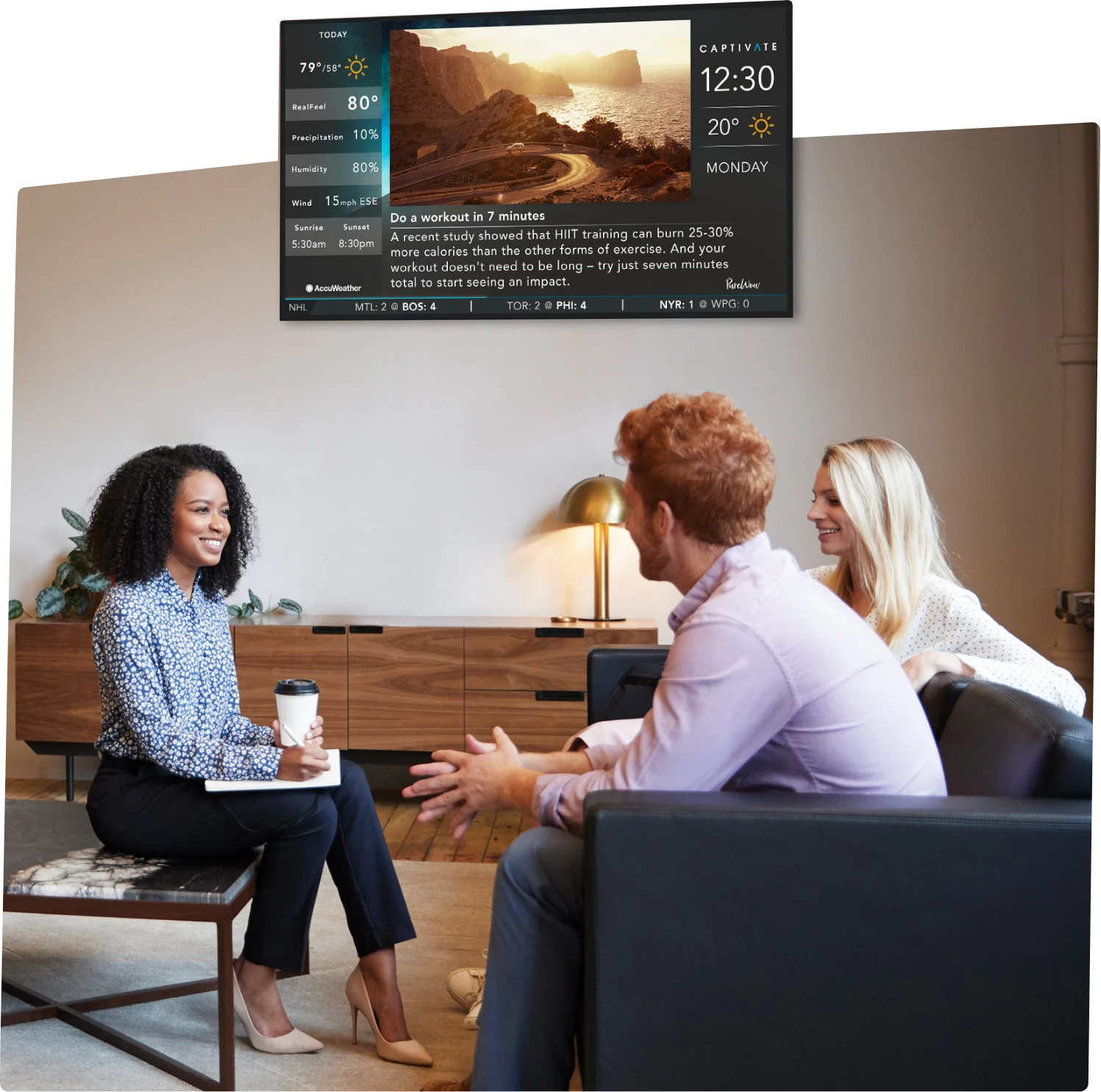Conversations With Captivate: Q&A with Adrian Witter, Director of Programmatic & Partnerships at WPP’s Kinetic
Programmatic Q&A: Adrian Witter & Captivate’s Lorenzo Papa:
Captivate CRO Lorenzo Papa and Adrian Witter, Director of Programmatic & Partnerships at WPP’s Kinetic investment unit discuss the state of Programmatic media buying and its increasing importance for clients activating DOOH.
Noting recent growth, they discussed advantages of programmatic compared to traditional media buying, how Kinetic is supporting their client’s exploration & activation, and what the future holds for pDOOH.
Read below for insight into the transaction type that is fueling the industry.
From your perspective, looking through the lens of the WPP clients you serve, why such explosive growth in the channel over the last two years?
It’s equal parts programmatic evolution, (re)discovery of the channel and oversaturation of existing digital channels. There are rising digital media budgets and not enough high quality premium inventory (especially video enabled) to satisfy demand. DOOH is an attractive and worry-free alternative to extend digital (and video) campaigns across premium inventory at scale.
What aspects of programmatic do clients like (what are the key benefits)?
Programmatic buying is agile and more akin to the fluid nature of consumer behavior and sentiment. It can be controlled to match the ebbs and flows of consumer traffic, product availability or lack thereof. Media is moving to addressable as standard exactly for those reasons.
What are the advantages from a client perspective – what, if any, are the tradeoffs, vs working direct?
For programmatic, there is still currently a gap in capabilities for DCO, inventory connectivity and digitization of existing static assets. For direct, national activation can be challenging and cost prohibitive. But overall, direct serves an almost entirely different use case than programmatic and the two can either be used for their individual benefits or in tandem to create optimal results.
What are they looking for from a media owner/partner?
The biggest considerations are: prime location, screen quality, screen volume, screen connectivity, commercial flexibility
Are certain clients / verticals leaning in more than others? If yes, why?
All clients are eligible and simply require demonstration of how (D)OOH can further augment their media investments by either fitting within, or working adjacent to their existing marketing initiatives
What is the use case for DOOH vs other channels? How does DOOH fit into an omnichannel strategy?
DOOH is underleveraged versus other digital channels where premium, preferred inventory demand outstrips supply. Therefore there are higher potential performance gains from even marginal divestment from those channels into DOOH investment. However, there is room enough at the table for all channels and DOOH does not need to downplay their value to elevate its own. Instead DOOH needs to continue developing, growing and showing digital expertise that aligns with client business goals in a cohesive, integrated way
What does the future hold in the next 6, 12, 18 months? What’s on your road map?
In the next 18-months, the focus will be on growing OOH investment. In the next 6-12-months, it’ll be about testing the current limits of what is currently possible in the channel, and innovating with partners who are daring and willing enough to do so.
Would you like to extend the conversation?
Book a demo to learn more about impactful, engaging digital signage solutions from Captivate.

